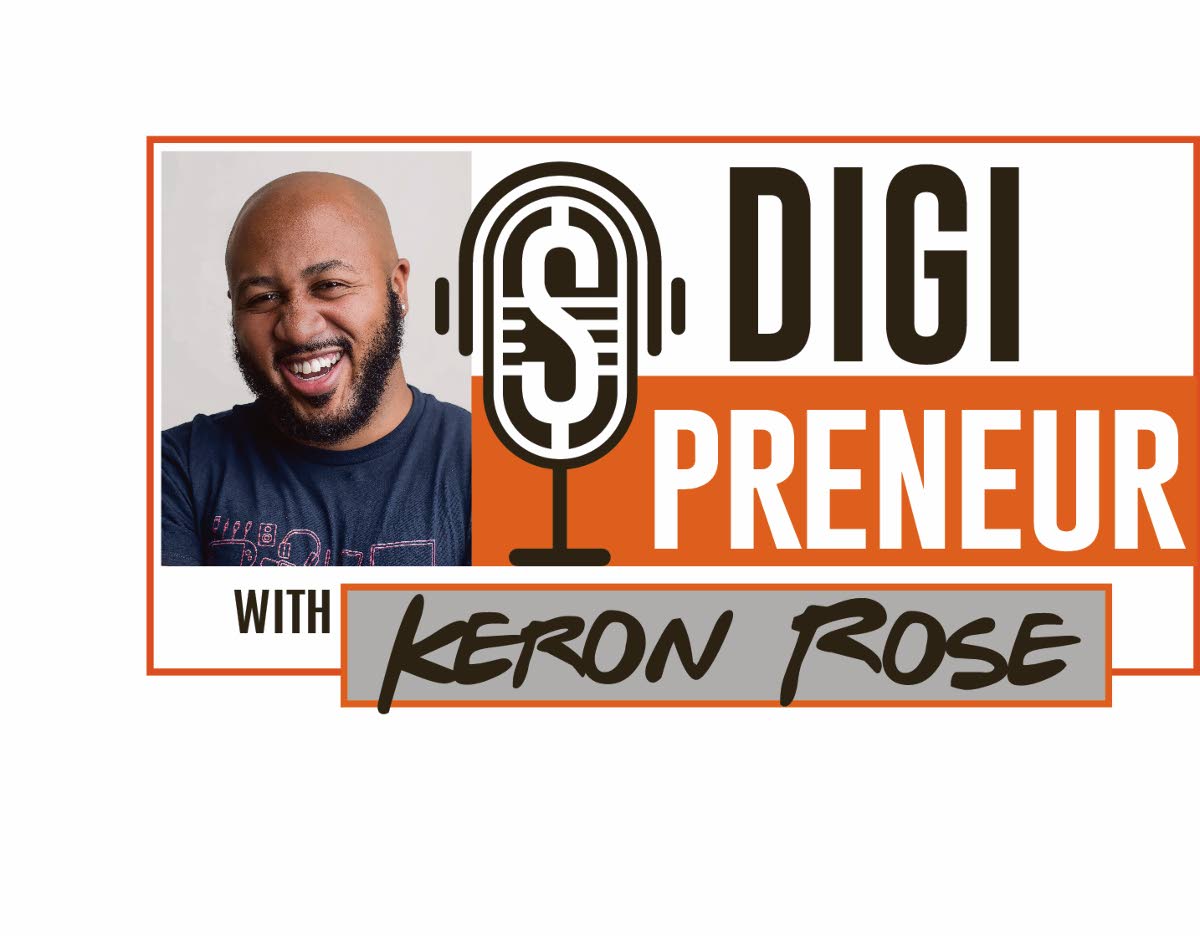5 social media practices to leave behind in 2023

In the ever-evolving landscape of social media, staying abreast of emerging trends and practices is not just beneficial – it's essential.
As we wave goodbye to 2023 and welcome 2024, it's time to reflect on the strategies we've clung to and reassess their relevance and effectiveness in the current digital milieu.
The rapid progression of social media platforms has consistently transformed how we communicate, share information and engage with content.
What worked yesterday may not yield the same results today, underscoring the importance of being adaptable and forward-thinking.
As we continually navigate through an ocean of hashtags, viral trends and ever-changing algorithms, the need for well-rounded and thoughtfully crafted social media strategies becomes increasingly apparent.
In this article, we delve into five specific social media practices that have outlived their utility as we step into 2024. From the overuse of hashtags to the pitfalls of relying solely on short-form content, we will explore why these once-popular approaches may be holding us back. By identifying these outdated practices, we aim to pave the way for more effective, engaging and meaningful social media interactions in the coming year.
Overuse of hashtags
The excessive use of hashtags can clutter a post and reduce its clarity, making it appear less sincere or even spam-like.
This overuse often leads to decreased user engagement, as audiences can be overwhelmed or confused by a barrage of irrelevant hashtags.
Hashtags have evolved from being a tool for discoverability to one that requires strategic use. Current best practices recommend using a limited number of relevant (typically three to seven) and specific hashtags. This approach ensures content remains focused and reaches the intended audience effectively. For example, using #ZeroWasteLifestyle rather than a broad #Lifestyle can attract a more engaged and relevant audience.
Ignoring user engagement
Active engagement with audience comments and messages is crucial in social media. It not only creates a sense of community and connection but also shows a brand's commitment to its audience. Responding to user interactions can significantly enhance the perceived value and reliability of a brand.
Social media algorithms favour content with higher engagement, including likes, comments, and shares.
Regular interaction with users boosts content visibility and helps in algorithm optimisation.
Additionally, consistent engagement fosters brand loyalty as it demonstrates a brand's dedication to customer satisfaction and responsiveness.
Only creating short-form content
Relying solely on short-form content, such as brief videos or quick posts, limits the depth and nuance of the information shared.
While these pieces are excellent for capturing attention and engaging audiences quickly, they often lack the space to explore complex topics thoroughly. This can lead to oversimplification and, in some cases, unintentional misinformation.
To provide a more comprehensive understanding, integrating long-form content into your social media strategy is crucial.
Articles, detailed videos and in-depth posts allow for a fuller exploration of subjects, offering context and clarity that short-form content cannot.
This type of content educates the audience and establishes the brand's authority and expertise in the subject matter.
Relying on trending audio
Overreliance on trending audio for content creation can lead to a lack of originality and depth in a brand's social media presence.
While such trends might draw initial attention, they often fall short of providing substantive value. Businesses should aim to create content that educates, inspires, and entertains, balancing these elements to resonate more deeply with their audience. Prioritising content that aligns with the brand's identity and values over merely following audio trends is essential for building a more engaged and loyal following as we move into 2024.
Relying 100 per cent on video content
The current trend in social media heavily leans towards video content, but this singular focus can be limiting.
While videos are highly engaging and effective in capturing attention, they don't cater to all audience preferences and learning styles. Not every user prefers video and some topics are better suited to other formats like long-form articles or audio content.
Diversifying content types is crucial for reaching a broader audience. Incorporating a mix of audio (like podcasts), visual (including infographics and photos) and written content (such as blog posts or detailed captions) allows for a more inclusive approach. This variety not only caters to different preferences and learning styles but also enriches the overall content strategy.
A balanced content strategy that embraces various formats ensures a wider reach and engagement, making it a more effective approach as we head into 2024.
The shift into 2024 demands an adaptable and multifaceted approach to social media, moving away from outdated practices like overusing hashtags, neglecting audience engagement and over-relying on specific content forms. Embracing a balanced strategy that includes diverse content types and genuine interaction is essential for a meaningful online presence.
The days of one-size-fits-all tactics are long gone; instead, success in the digital realm now hinges on our ability to be dynamic, thoughtful, and diverse in our social media practices.
Keron Rose is a digital strategist who works with businesses to build their digital presence and monetise their platforms.
Learn more at KeronRose.com or listen to the Digipreneur FM podcast on Apple podcast, Spotify, or Google podcasts.


Comments
"5 social media practices to leave behind in 2023"